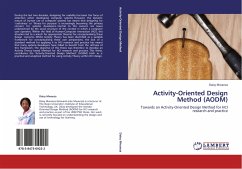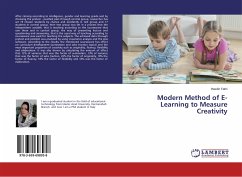During the last two decades, designing for usability has been the focus of attention when developing computer systems. However, the dynamic nature of human use of computer systems has meant that designing for usefulness or fitness for purpose is increasingly becoming the primary concern for systems developers. Central to this concern are issues underpinned by the social structure of the context in which a computer user operates. Within the field of Human-Computer Interaction (HCI), this situation led to a search for appropriate theories for conceptualising these design concerns. Whilst Activity Theory has been identified as a suitable framework for conceptualising these user perspectives, the lack of a standard method for applying it to HCI research and practice has meant that many systems developers have failed to benefit from the richness of this framework. The objective of this thesis was therefore to develop an Activity Theory based Method for HCI research and practice. This thesis, contributes the Activity-Oriented Design Method (AODM) both as a practical and analytical method for using Activity Theory within HCI design.
Bitte wählen Sie Ihr Anliegen aus.
Rechnungen
Retourenschein anfordern
Bestellstatus
Storno









